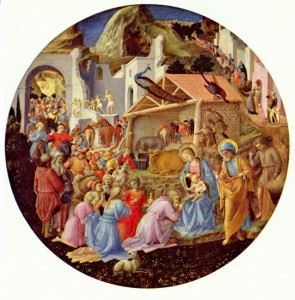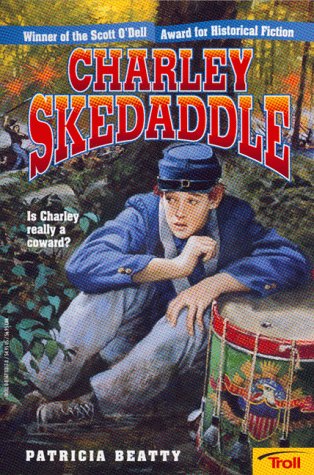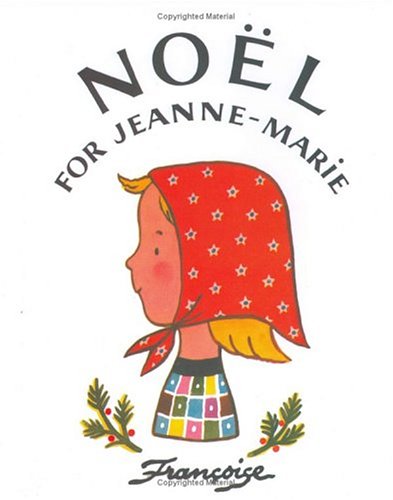The Christmas Mouse: A Story by Miss Read.
“The Christmas tree, dressed the night before by Jane and Frances—with many squeals of delight—stood on the side table. This table, spangled with stars and tinsel, displayed the Victorian fairy doll, three inches high, which had once adorned the Christmas trees of Mrs. Berry’s childhood. The doll’s tiny wax face was brown with age but still bore that sweet expression which the child had imagined was an angel’s. Sprigs of holly were tucked behind the picture frames, and a spray of mistletoe hung where the oil lamp had once swung from the central beam over the dining table.
Mrs. Berry leaned back in her chair and surveyed it all with satisfaction. It looked splendid and there was very little more to be done to the preparations in the kitchen. The turkey was stuffed, the potatoes peeled. The Christmas pudding had been made in November and stood ready on the shelf to be plunged into the steamer tomorrow morning. Mince pies waited in the tin, and a splendid Christmas cake, iced and decorated by Mrs. Berry herself, would grace the table tomorrow.”
 Dora Saint, aka Miss Read, was a former schoolteacher who wrote novels of English country life, set in the fictional villages of Thrush Green and Fairacre. Village School, her first novel, was published in 1955, and Miss Read continued to write, with more than thirty books published, until her retirement in 1996. Miss Read/Dora Saint died in 2012.
Dora Saint, aka Miss Read, was a former schoolteacher who wrote novels of English country life, set in the fictional villages of Thrush Green and Fairacre. Village School, her first novel, was published in 1955, and Miss Read continued to write, with more than thirty books published, until her retirement in 1996. Miss Read/Dora Saint died in 2012.
The Christmas Mouse is a 172 page Christmas novelette set in the nearby village of Shepherd’s Cross. It is also available as one of three stories in the book, Christmas at Fairacre. The Miss Read stories and novels are a perfect fit for the Jan Karon fans, among I number myself and many of my friends, especially those who are also Anglophiles. Miss Read writes gentle tales of small town people going about their daily business with grace and dignity.
In this Christmas story, Mrs. Berry and her daughter Mary, both widowed, are preparing for Christmas with Mary’s two young daughters, Jane and Frances. There is a spiritual component to the story, as Mrs. Berry prays and hopes for Mary’s recovery from the tragic loss of her husband, Bertie, in an automobile accident. As the little family receives two unexpected “guests” on Christmas Eve, and an unexpected invitation, Mary begins to open her heart to wonder and even joy.
The theme of this story can be summed up in these words from Mother Teresa: “Not all of us can do great things. But we can do small things with great love.”
It’s a good truth to be reminded of at Christmas time.









